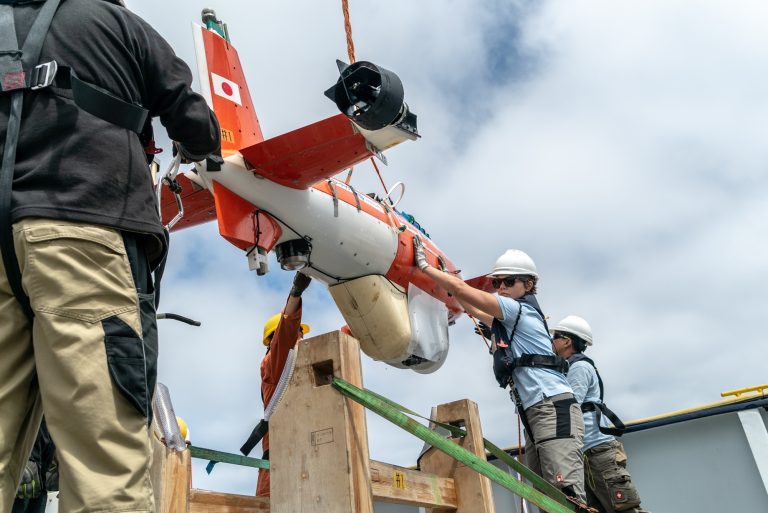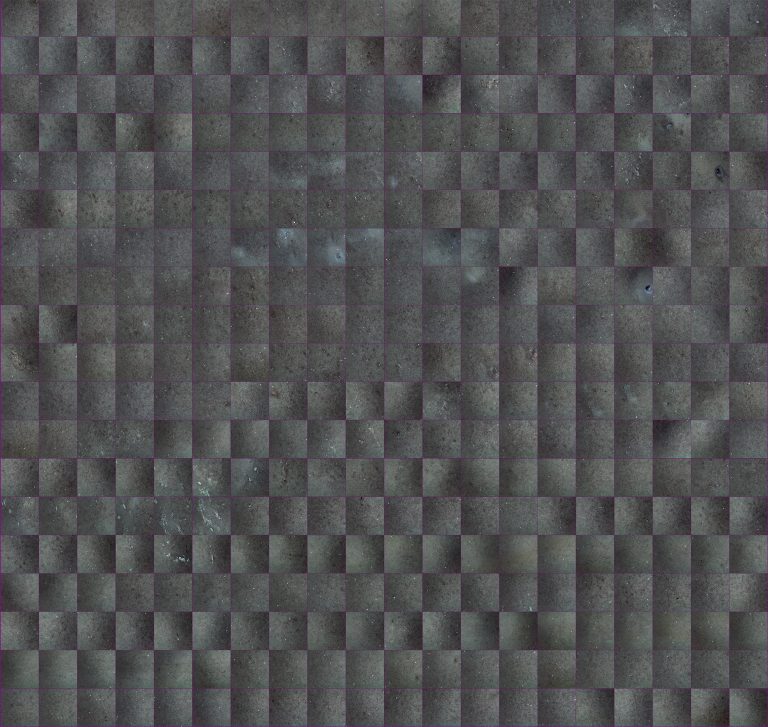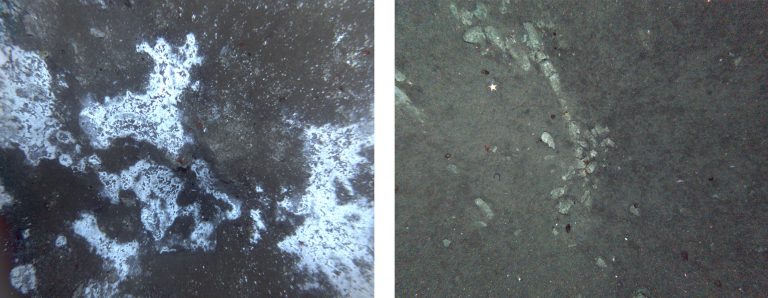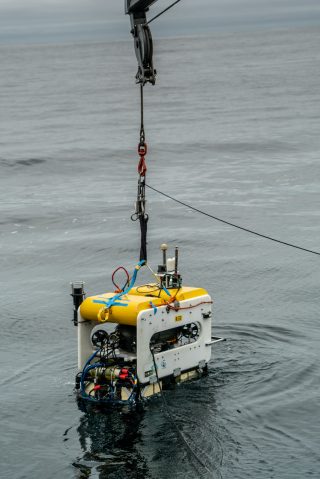The team onboard Falkor has an intense couple of weeks ahead of them. Racing to keep up with the colossal amount of information being collected by the robots is not an easy task, but the spirits of both the crew and the resident engineers remain high. The long hours have not quieted the banter and humor that accompany every working session, in either English, Japanese or German.
After successfully testing the robots and its systems, the team has begun Phase 02 of the Adaptive Robotics expedition, and with this comes the massive collection of data. “We had a very long list of engineering checkboxes that we were able to tick in Phase 01. In Phase 02, we are using the AUV AE2000f to conduct scouting surveys to identify the areas where we should spend more time and focus our efforts,” explains Chief Scientist Dr. Blair Thornton.
Acquiring the data is only the first step. The main challenge consists of processing and extracting information from the data fast enough to learn from it in time for the next robot deployment. This way, while still on the site, researchers can take full advantage of the information before moving to different locations.

Worth a Second Visit
As a result of Phase 02, the team has collected huge amounts of seafloor imagery from the two locations selected prior to the expedition. In order to manage all of this information, the team is utilizing artificial intelligence. “One of our main methods is unsupervised clustering to identify patterns on the seafloor and try to determine areas worth a closer look, which we will do in Phase 03,” says Dr. Thornton.

From this point onwards, Phase 02 and 03 will run in parallel. While AE200f will continue to survey wide stretches of ocean floor, AUVs TUNA-SAND and TUNA-SAND 2 – along with ROV SuBastian – will be deployed to explore interesting places in detail by flying much closer to the seafloor and using advanced sensing methods (such as laser spectroscopy) underground.
Photos captured by AE2000f showed bright white patches on the seafloor, indicating bacterial mats, which are an important element of the incredibly complex ecosystem being studied. TUNA-SAND has been sent there to acquire images of the mats in close proximity – it has just returned to Falkor’s aft deck with over 35,000 images. Tomorrow the AUV will visit drilling holes scattered around the site, which are known to impact the ecosystem. TUNA-SAND will also visit one of AE2000f´s intriguing revelations: a whale fall.


Staying on Top of It
With two robots in the water at the same time, challenges arise. Getting updates of the vehicles’ positions is one of them. “Now that we know where we want to send the robots, getting them to go exactly there is not easy,” says Dr. Thornton. Navigation tracking is one of the major challenges for underwater robots, especially when making such detailed and precise observations.
The intense turnaround is another challenge. The engineers have worked with these algorithms before, but this is the first time they will be working with such a tight timeframe. That means they will have to trust what the artificial intelligence suggests for the deployments. What makes this research even more unique is the underwater environments chosen for this expedition, which are hugely active and constantly changing.
For Dr. Thornton, however, the main challenge is very clear: “To stay on top of things, making sure that we’re getting through all the data and we don’t start falling behind. The rate at which we process data must be faster than the rate we collect it.” The Adaptive Robotics expedition has ambitious goals, but he is confident, “We’re ready to address the challenges. I don’t know how it will go, but that’s the nature of trying new things. I’m excited and looking forward to the next few days”.

